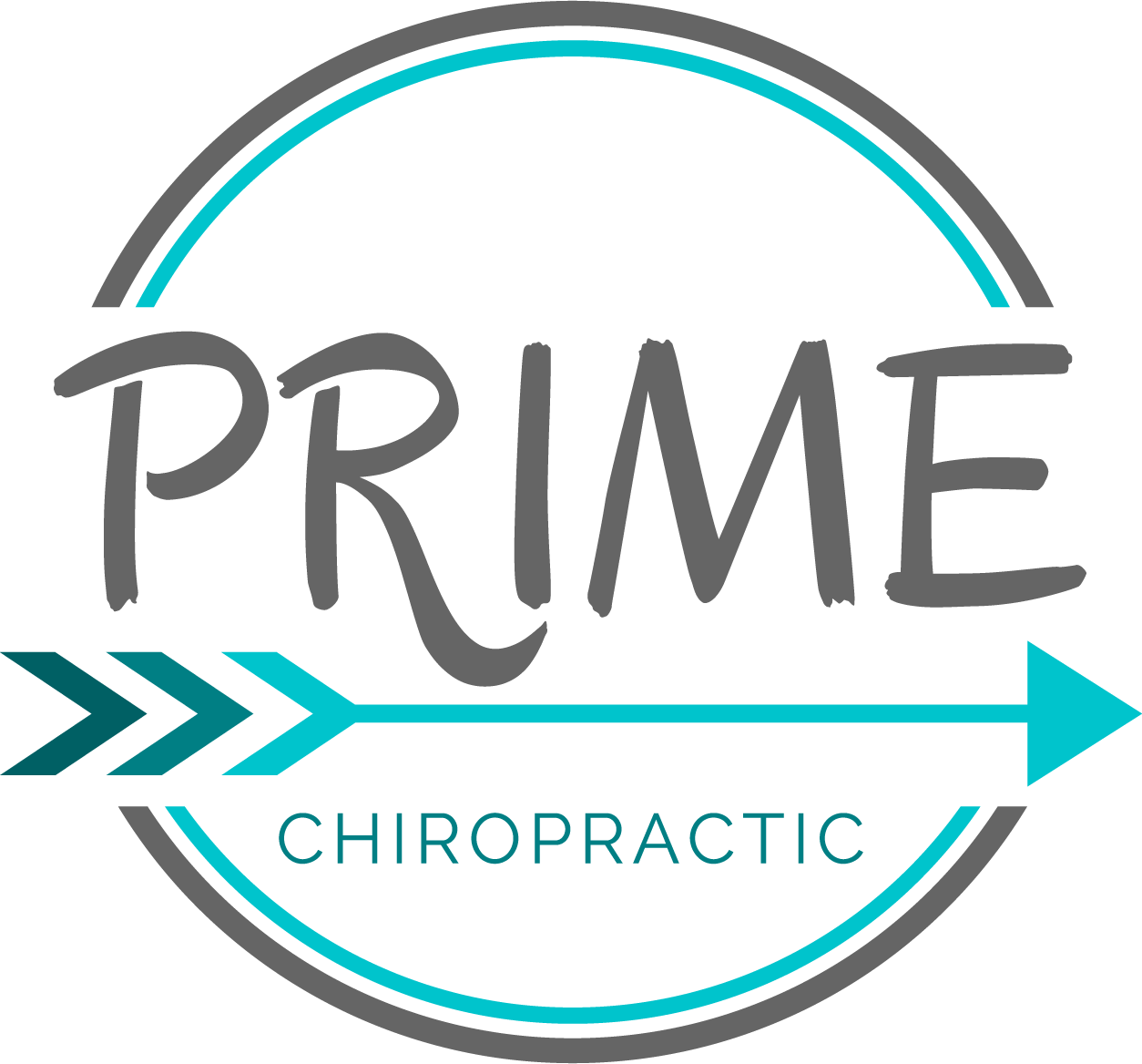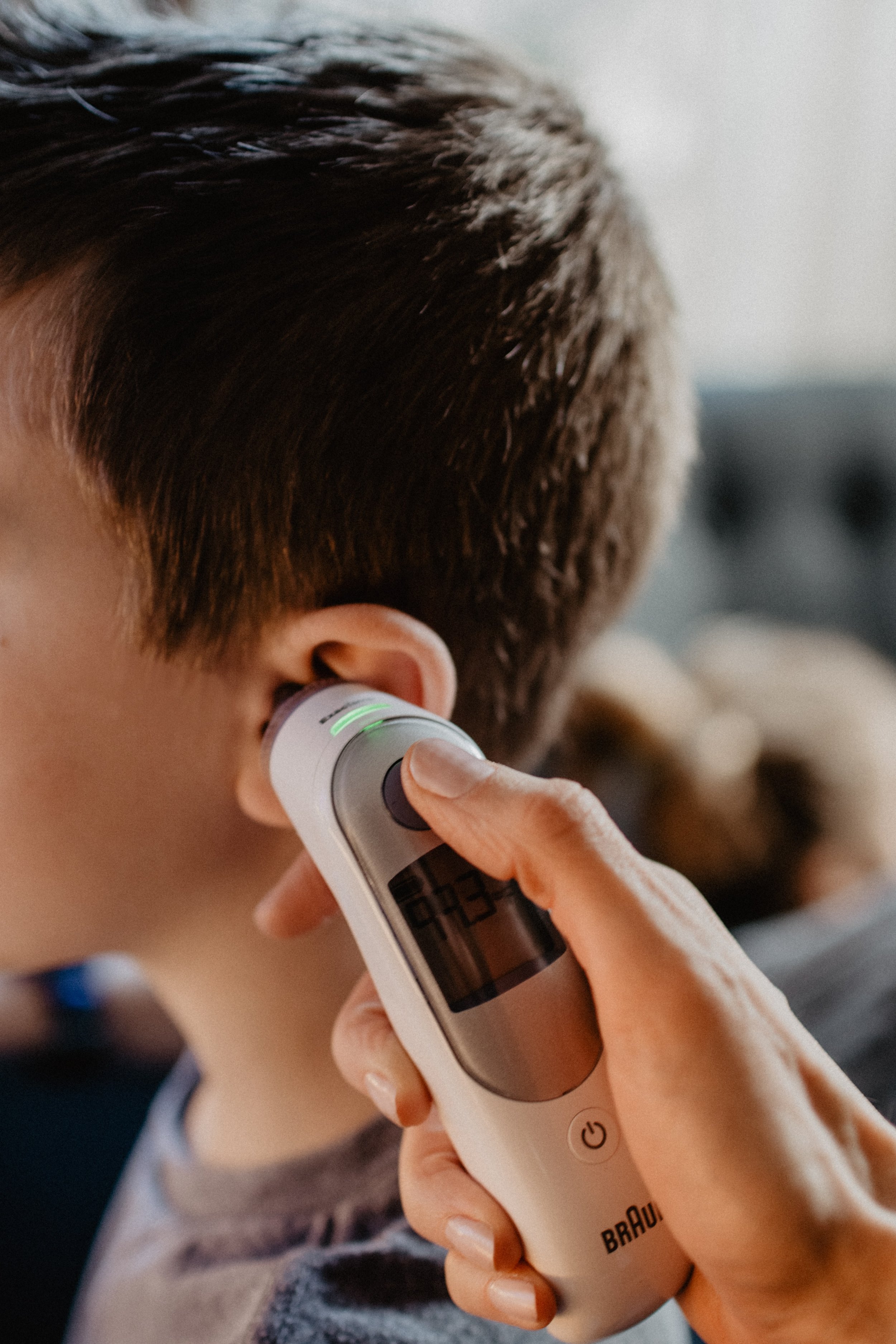MY MISSION IS TO HELP AS MANY PEOPLE IN MY LIFETIME AS I CAN - ESPECIALLY CHILDREN!
FEVERS
This month, let’s explore an issue which is making billions of pharmaceutical dollars in OTC meds from unsuspecting parents: Fever Frenzy
Your child is hot, flushed, glassy eyed and obviously not well. As a mom (I am directing this specifically towards moms as they generally make most of the health care decisions in the family) your diagnosis is FEVER…OMG!
You are very worried and concerned and can feel a little bit of panic setting in as well. After all, you have been carefully trained to think that fever is actually something that should be treated. You are probably thinking: “No, I haven’t!” Think again.
If you tune to any TV station at any time or look at any popular magazine – even National Geographic (yes, they have just succumbed to the almighty pharmaceutical dollar), you will most likely see a few dozen ads for anti-pyretic (anti-fever) medication.
Aspirin – popular a few years ago and beginning to make a comeback - Tylenol, Children’s Tylenol (what is that about?), as well as a host of others – all teaching you that fever is a bad thing – that if you want to be a good mom, you need to give these drugs to your family to combat this scourge of fever! So, let’s look at this fever thing for just a moment: We have been carefully taught that normal body temperature hovers around 98.6 degrees Fahrenheit (37 degrees C). All medical books say this!
Right?
Wrong!
98.6° Fahrenheit represents an average. Your child’s body temperature can hover anywhere between 97° F and 100°F and be considered perfectly “normal.”
Think of it: That’s a lot of heat!
Let’s take our thinking a step further: At what point does 98.6 degrees F become fever? Is it 99.0 degrees? Or 99.5? How about 99.8? When does it officially become fever? You see, there is no medical standard for this figure. So if 98.6° doesn’t worry a parent, why would 100°? There is not much difference between these two figures – only 1.4 degrees! It is inconsequential! And if that is the case, why is there such a panic throughout North America regarding a child who has a fever? I will get to the answer in a few moments.
We must realize that fever is just HEAT. Normal body temperature is the result of your child’s body working as it was meant to, under the perfect control of the computer which runs each particular program— the nervous system, the heart pumping blood, normal respiration, normal breathing, normal digestive cycles, movement of different body muscles, etc. All these daily life activities produce WORK and work produces HEAT. Although this is fairly simplified, in reality that is exactly what takes place - it is your body doing exactly what it was programmed and designed to do!
If that is the case, what is fever then? To help your child recover when he or she is fighting a flu bug for example, the nervous systems demands an increase in heat production in order to literally “burn” the invading germs (bacteria, virus), which can only survive at a “normal” body temperature. Any increase in heat, therefore, kills such invading organisms. This is a good thing.
As a result of orders from the nervous system, many body activities speed up. Respiration increases, the heart rate speeds up in order to pump blood faster, breathing increases, the skin is moist and clammy and the child begins to shiver, etc. Now, just as an aside, most people do not understand what shivering really is. Let me explain: Shivering is very rapid contraction of most of the body muscles in order to produce more work. And, more work produces . . . you guessed it, more heat. When a child is shivering, it is not necessarily because he/she is cold. It is because the nervous system makes demands that the muscles contract, thereby increasing the work produced by the body. All of these, as well as many other bodily functions, are speeded up. This extra work produces extra heat. We call this fever. Simple!
If you look at all this extra activity, it has a purpose - to eliminate the invading germ and to restore normal health and order. Let me shatter another marketing myth. As soon as a child has a fever, we are automatically programmed to think that the child is SICK! When we acknowledge that our child is sick, we are then open to all sorts of drug remedies – wonderful for the drug company profit margin.
Listen …When your child has a fever it does not necessarily mean that your child is “sick.” After all, the body is doing exactly what it has been programmed and designed to do. This is not “sick.” This is an expression of health. How is that for a different perspective?
Let me give you an example: When a child has a respiratory infection, the flu or a cold, the breathing rate increases. The aim is to provide extra oxygen for the body. With every extra breath your child takes in and exhales, the lungs exhale the “bug,” through the process of letting air out. Along with the stale air that comes out of your child’s lungs, are millions of bacteria, viruses and other invading organisms. Your child also has a loss of appetite, which is perfectly normal. The nervous system, in order to conserve energy and deal with the infection in a more efficient manner, shuts down the digestive process. Most of the body energy is then diverted to defense rather than digestion.
A cough is seen as another way of getting rid of the bacteria and viruses that have invaded the body. The skin is cold and clammy as a result of the increased sweating and perspiration – again designed to rid the body of the invading organism. Vomiting, diarrhea and nose drip are seen as the quickest way of getting rid of the virus and bacteria.
As you can see from this explanation, this is really not “sickness.” This is an expression of health. This is an expression of the innate wisdom of your child’s body in knowing exactly what needs to be done at the right time and in the right amount.
Now, I never said you have to like it, but it is quite normal. This is also the point where most parents feel they have to “do something.” Why? Because we have been taught that when a child is sick, we must intervene. Think about this for moment though. The most important thing here is to understand why this is happening, provide supportive care and allow your child’s body to do what it needs to do all by itself with no interference. That can be tough! But think! The innate intelligence and wisdom that created your child from two cells to over 40 quadrillion in a matter of 280 days, knows exactly what that child needs, every time—as long as it is not interfered with. I don’t think it is possible for that intelligence to suddenly abandon your child when he/she has the flu.
I want to interject for a moment – let’s talk about the efficacy of OTC (over-the counter medication) before continuing on with our discussion on fever – seems like a perfect time to talk about this issue:
Researchers who studied a variety of over-the-counter cough medicines found no evidence that they provide any significant relief. The study, conducted by researchers at the University of Bristol in England, appeared in the British Medical Journal. Reviewed were 15 drug trials involving more than 2,000 patients and compared oral over-the-counter cough medicines with placebo in adults with acute cough. In nine trials, the drugs fared no better than placebo. The positive results in the other six studies were of questionable clinical relevance, said the authors. Based on their study, the researchers concluded, “Over the counter cough medicines for acute cough cannot be recommended because there is no good evidence for effectiveness. Even when trials had significant results, the effect sizes were small and of doubtful clinical relevance.”
Back to our discussion of Fever –The height (temperature) of a fever has really no bearing on the seriousness of the condition. There is no clinical evidence that suggests that a high fever causes convulsions or brain damage – the biggest worry of all moms! Think about this for a moment. Why would the nervous system increase temperature to injure itself? It simply makes no sense. We have been carefully taught, however, to believe this is fact - old wives tales or an ingenious marketing plan? You decide.
Here is another ploy - why do you have to take your child’s temperature when he/she is feverish? Good question—you don’t. The degree of fever is not important. Increasing numbers of chiropractic doctors as well as physicians feel that a child’s temperature should not be taken, and that taking a temperature is an unnecessary ritual. I could not agree more.
You are probably wondering that if this is the case, then how did this fever phobia begin? Well, it was borne out of marketing efforts by the pharmaceutical industry whose aim was to teach the public that fever should be feared and treated so that sales of anti-fever medications would soar. This marketing plan was very effective and is still prevalent today.
So, when is it necessary to treat fever? It isn’t. It is neither necessary nor wise to lower body temperature. FEVER IS NOT THE PROBLEM: it is simply the result of the body attempting to recover. Any medications taken to lower the temperature of the body will work only temporarily. Once the body excretes them, the temperature will once again increase. The reason for this is that those drugs have no real effect on the problem and therefore giving them to your children changes nothing. I would suggest that you have your child checked by a chiropractor like myself instead; the goal here would be to provide your child with the optimum function of the nervous system so that it can successfully deal with his/her “illness.”
This may surprise you: I have just recently learned that back in the 1940’s in Davenport, Iowa, many chiropractors of the time were referred to as “flu doctors” and apparently, many patients would see a chiropractor in those days when they had the flu. They found that the length of time of their illness, its severity, and frequency was shortened sometimes up to 80 percent. If you must absolutely do “something” while your child is recovering, there are a number of natural health products found in health food stores that may help your child cope with this period of time when the body is “doing its thing.” There are, however, certain situations that warrant careful observation.
If your child is under the age of one, and has a fever with the presence of any of the following signs, you should seek the advice of a health care professional: he/she is in severe pain and cannot be comforted, is anxious and or lethargic, whining continuously, cannot retain fluids and/or has diarrhea, has difficulty urinating, breathing, or swallowing, has an unexplained rash and has a rapid pulse rate. Any of the above or any combination thereof, indicates the body is having difficulty dealing with whatever it is handling, and I advise you to take a trip to your health care professional and seek his/her advice.
All in all, fever should be viewed as a good sign - as the nervous system and immune system are doing exactly what they are designed to do. I suggest that the next time your child has a fever, understand the reason for it, but do not jump the gun and try to lower your child’s temperature; you may actually be delaying recovery!
And please feel very welcome to ask me anytime! I am here to help!
SOO…
If you are tired of being stuck in the traditional “health” care model and want another approach, contact us today! We can’t wait to welcome you into the Prime Chiropractic family!
And as always, if you have any questions, or would information on any health topic, it would be my pleasure to help you!






